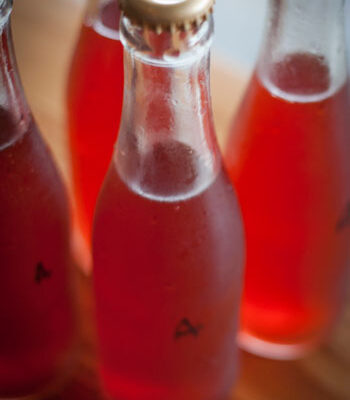Vodka, historically associated with Eastern Europe and Russia, has seen its global influence expand for decades. The United States, in particular, has developed a strong affinity for this clear spirit, and the vodka market has shown significant growth in the country. From the flavors to the brands and the consumers, here’s an exploration of the vodka market in the U.S.
A Brief History
Vodka made its way into the U.S. during the 20th century. Previously dominated by whiskey, rum, and gin, the American palate soon embraced this neutral spirit, and vodka started its ascent in the 1950s and 1960s. Its neutrality was its strength, allowing it to mix seamlessly into a myriad of cocktails. The Moscow Mule and Bloody Mary became iconic vodka-based drinks, championing its place in American bars.
Market Dynamics
As of the recent decade, vodka has remained a dominant force in the U.S. spirit market. The key factors driving this dominance include:
- Diversity of Flavors: Vodka producers have been introducing a range of flavors from tropical fruits to dessert-inspired infusions. This allows the spirit to appeal to a wide audience and fit into various drinking occasions.
- Affordability: While there are ultra-premium vodka brands, the market also has a plethora of quality options at affordable prices. This competitive pricing has been instrumental in attracting a broad demographic of consumers.
- Brand Innovation: Many brands have invested heavily in marketing, with innovative campaigns and celebrity endorsements. Brands like Grey Goose, Tito’s, and Absolut have become household names, contributing significantly to the vodka culture in the U.S.
However, it’s essential to note that the market is also facing challenges. The rise of craft spirits, particularly craft gin and whiskey, has created fierce competition. The increasing interest in low-alcohol or no-alcohol beverages has also introduced new dynamics.
Consumption Trends
Several interesting trends have emerged in the U.S. vodka market:
- Craft Vodka Movement: Mirroring the craft beer revolution, small-batch, artisanal vodka producers have emerged. They focus on local ingredients, traditional distillation methods, and unique flavor profiles, catering to consumers seeking authenticity and a story behind their drinks.
- Health and Wellness: A rising number of consumers are becoming more health-conscious. This trend has led to a demand for organic, gluten-free, or non-GMO vodka options. Brands that highlight these aspects have seen a surge in popularity.
- Cocktail Culture: The U.S. has seen a renaissance in its cocktail culture. Mixologists and bartenders experiment with unique ingredients, and vodka, with its neutral profile, often serves as the perfect canvas.
The Top Players
While many brands compete in the U.S. vodka market, a few stand out due to their market share, reputation, and influence:
- Tito’s Handmade Vodka: An American success story, Tito’s has seen astronomical growth over the past years. Its emphasis on being “handmade” and the narrative of its humble beginnings in Texas has resonated with consumers.
- Absolut: Hailing from Sweden, Absolut has been a consistent player in the market. Their limited-edition bottles and collaborations with artists have kept the brand relevant and fresh.
- Smirnoff: Owned by Diageo, this brand has global recognition. Its wide range of flavors and competitive pricing makes it a favorite for many.
- Grey Goose: Positioned as a premium brand, Grey Goose has carved a niche for those seeking luxury in their spirits.
The Future Outlook
The vodka market in the U.S., while robust, is at an inflection point. As consumers’ preferences evolve and competition intensifies, brands need to innovate to stay ahead. Sustainability will likely play a more significant role, with brands emphasizing eco-friendly production and packaging.
There’s also potential growth in the ready-to-drink (RTD) sector. As consumers seek convenience, vodka-based RTDs like seltzers and cocktails in a can might witness increased demand.
Conclusion
The vodka market in the U.S. is a testament to the spirit’s adaptability and appeal. Its journey from the taverns of Eastern Europe to the cocktail bars of New York and California is a fascinating tale of taste, marketing, and consumer behavior. As the market continues to evolve, vodka’s place in American culture seems assured, albeit with the understanding that adaptability will be key to future success.


















Comments